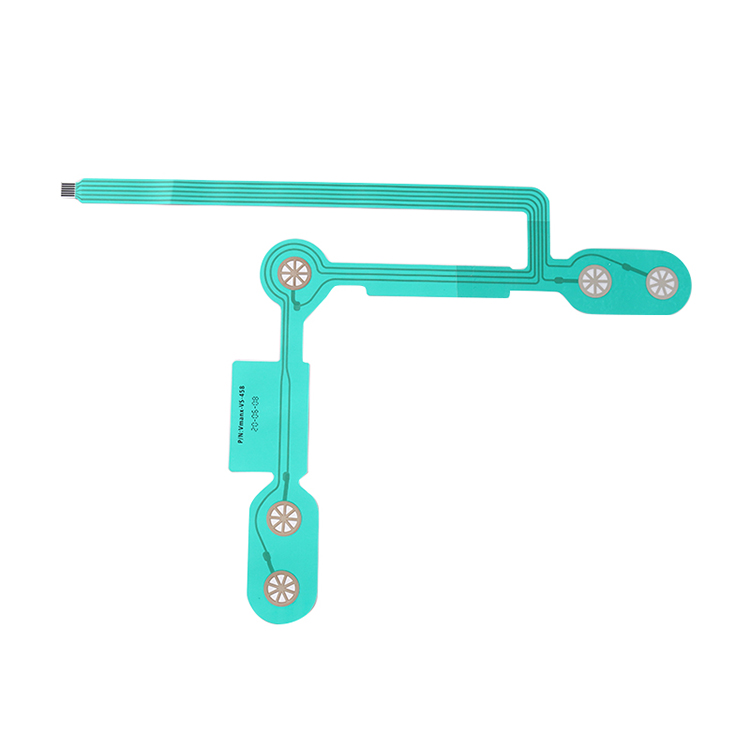 admin
admin  2021-02-07 23:39:20
2021-02-07 23:39:20
Whether you are implementing inspection, inspection, and measurement applications for the production or distribution of any type of goods, or you want to improve the process based on the new paradigm of digital manufacturing, sensors are the basic elements of automation.

There are countless suitable applications and continuous development, which cannot be summarized in just a few words. But the following examples can give you an idea of the unlimited potential of sensors:
High-speed detection of small parts, even with other objects or reflective surfaces nearby. This application can use background suppression photoelectric sensor detection, can also use laser or fiber optic sensor. If it is a close-range detection of metal parts, inductive proximity switches can be used to achieve.
Transparent objects (such as PET bottles, glass vials and even thin plastic packaging films) can be reliably detected with a coaxial reflector photoelectric sensor with polarization filtering.
It can detect the printing registration mark necessary for any processing or packaging machine at the fastest speed and resolution, regardless of color. This kind of application can be realized by using a color mark sensor, using an ultraviolet light source to detect invisible fluorescent marks.
Depending on the application, slot-type photoelectric sensors or ultrasonic sensors can detect labels of any color, size, and placed on any type of winding machine, including transparent labels on transparent substrates.
Through laser photoelectric sensor (time of flight technology (TOF) measurement), or ultrasonic sensor (for transparent objects) and photoelectric encoder (for linear measurement), distance measurement and positioning with millimeter accuracy can be achieved within a few meters.
The size of the object is measured by a photoelectric sensor with a multi-beam array. The sensor is composed of a transmitting and receiving unit, which sends data in a dynamic manner and reconstructs the contour of the measured object.
Quality inspection can be carried out at any stage of production: from loading to assembling machinery or electronic parts, from processing to packaging food or medicine, from filling to bottle sealing, from printing to labeling. The intelligent vision sensor can collect and distinguish between "good" and "bad" images for quality inspection.